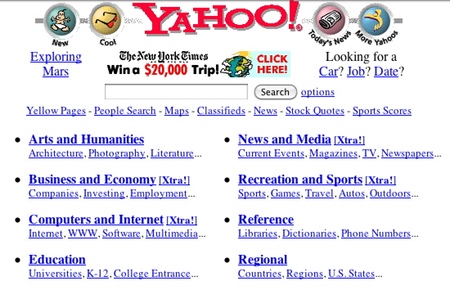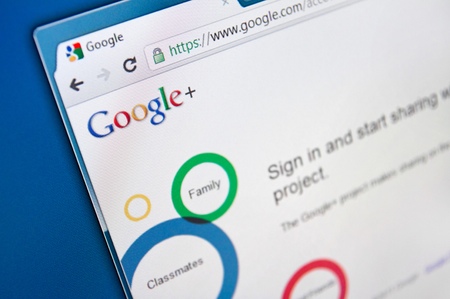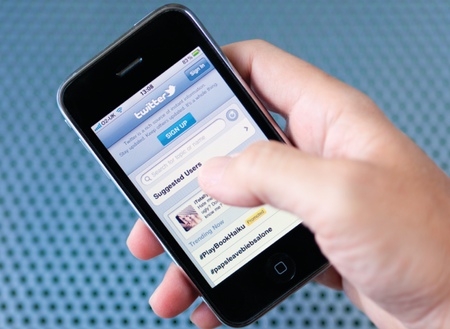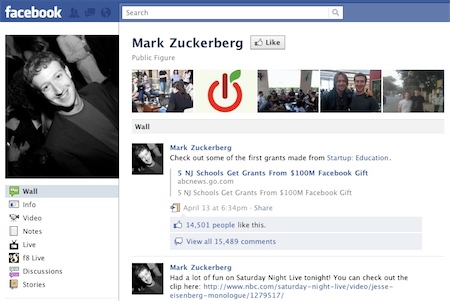Originally published on October 4, 2011 in our free BigLaw newsletter. Instead of reading BigLaw here after the fact, sign up now to receive future issues in realtime.
Remember the popular advertisements for beer in which two groups argued between the relative importance of "great taste" versus "less filling"? A similar debate is brewing regarding the creation of blogs for large law firms. What is more important — great content or great design? Most law firms have lawyers capable writing great content, but few have designers in-house that can build and design good-looking blogs. Can you ignore design? Or should your blog(s) have both?
The Case for Great Content
Great content alone can make a blog successful. If you write blog posts helpful to your industry, people will read them, email them, tweet them, etc. — and the media will take notice too. Eventually, they'll end up on sites that corporate counsel use such as JD Supra, Lexology, and Legal OnRamp.
Perhaps most importantly, Google loves great content. The better your content is, the more links it will accumulate. Google's search algorithm uses more than 200 "signals" to rank web pages, but inbound links remain among the most important (the famous PageRank patent). One caveat — Google does not "value" links on social networks as highly as those on web sites so try to encourage others to link to you from their sites (easier said than done).
The Case for Great Design
People who read your blog via email or an RSS reader like Google Reader could care less about your blog's design. But many people will read your blog in a web browser, including everyone who first discovers it with a Google search. So let's explore the design issue.
You don't need to be a designer to recognize a good design. Even if only for a second, we're all conscious of the design when visiting a blog for the first time. Sometimes, the design is so good we notice for more than a second because it blows us away. And sometimes the opposite happens — we can't believe how bad it looks. This first impression is important.
A key element of blog design is user interface, which is often overlooked. A while back I was on a law blog trying to find the author. It took me several clicks before I could find his contact information. What's the point of creating a blog and gaining exposure if prospective clients can't contact you?
The layout and design of your blog is not just important but critically so. Make sure it's easy for people find your contact information. Make sure your blog gives people a positive impression (no pop-ups is a good policy with which to start).
Can You Have Both?
"Why can't you have both"? A designer at a recent conference I spoke at asked me that question. Yes, of course you can have both. As a large firm, you have an advantage. Hiring a top-notch designer won't have a material impact on your expenses unlike at a smaller firm with a much smaller marketing budget.
That said, a blog with great content that uses a prefab template will outperform a beautiful blog with a custom design that lacks great content — as long as the template makes it easy to contact the author(s).
So feel free to spend $10,000 on the design of your blog, but make sure you can create quality content on a regular basis before making that leap. After all, the leading cause of law blog failure is the failure to publish at all.
Conclusion
Blogs don't cost much money to start. Many inexpensive and free options exist. Far more important is the quality of the content and the frequency with which you add content. Publishing is a grind. Law firms are not media companies by nature so many just wing it without editorial calendars and other publishing workflow tools that they may not even realize exist.
I recommend that even large firms start conservatively. Have a basic blog built for you by a local web designer for no more than $1,500. Try blogging for six months. If you like it and think you can keep it up, make a more substantial investment.
The blogosphere is littered with failed blogs that never made it past their first couple of blog posts. Having a blog experiment fail quietly is no big deal, but having a blog fail after spending a lot of money is fodder for Above the Law and others in the large firm gossip business. If you start creating great content, people will ignore the design as long as it's not terrible. After all, you're a law firm, not a fashion magazine.
Written by Adrian Dayton of Marketing Strategy and the Law.
How to Receive BigLaw
Many large firms have good reputations for their work and bad reputations as places to work. Why? Answering this question requires digging up some dirt, but we do with the best of intentions. Published first via email newsletter and later here on our blog, BigLaw analyzes the business practices, marketing strategies, and technologies used by the country's biggest law firms in an effort to unearth best and worst practices. The BigLaw newsletter is free so don't miss the next issue. Please subscribe now.















